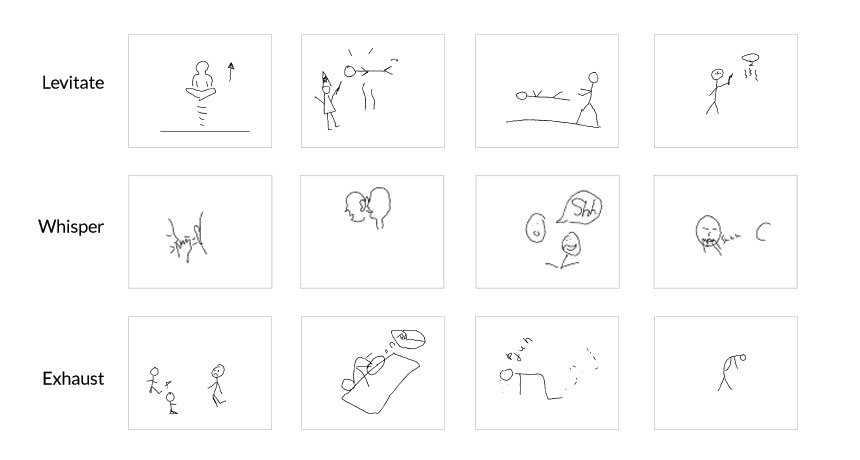Cerebellum may be site of creative spark
Playing Pictionary linked to boosted activity in workhorse region of the brain

DESTINATION IMAGINATION As participants came up with creative ways to draw verbs, brain activity in the cerebellum increased.
M. Saggar et al/Scientific Reports 2015






